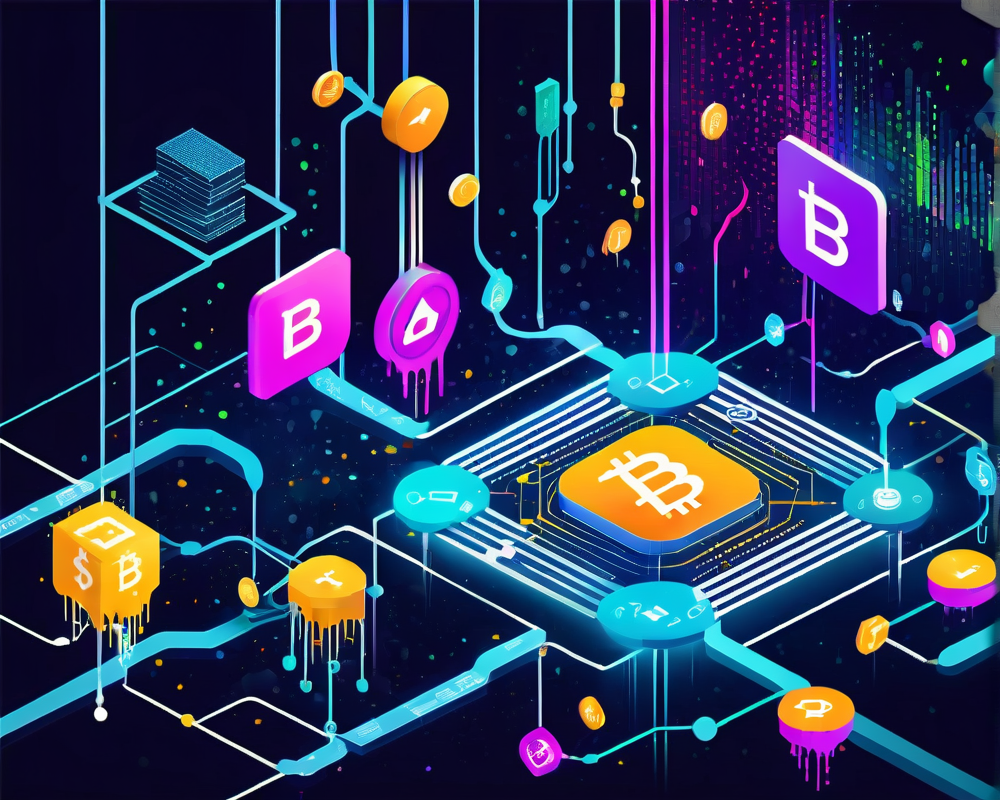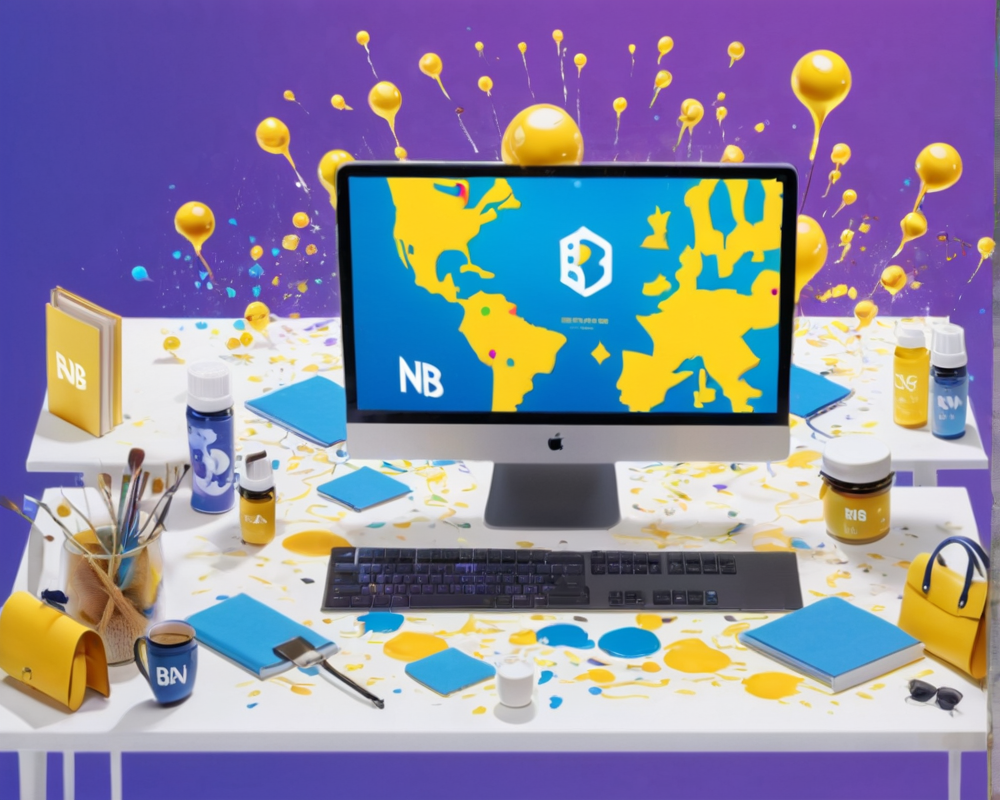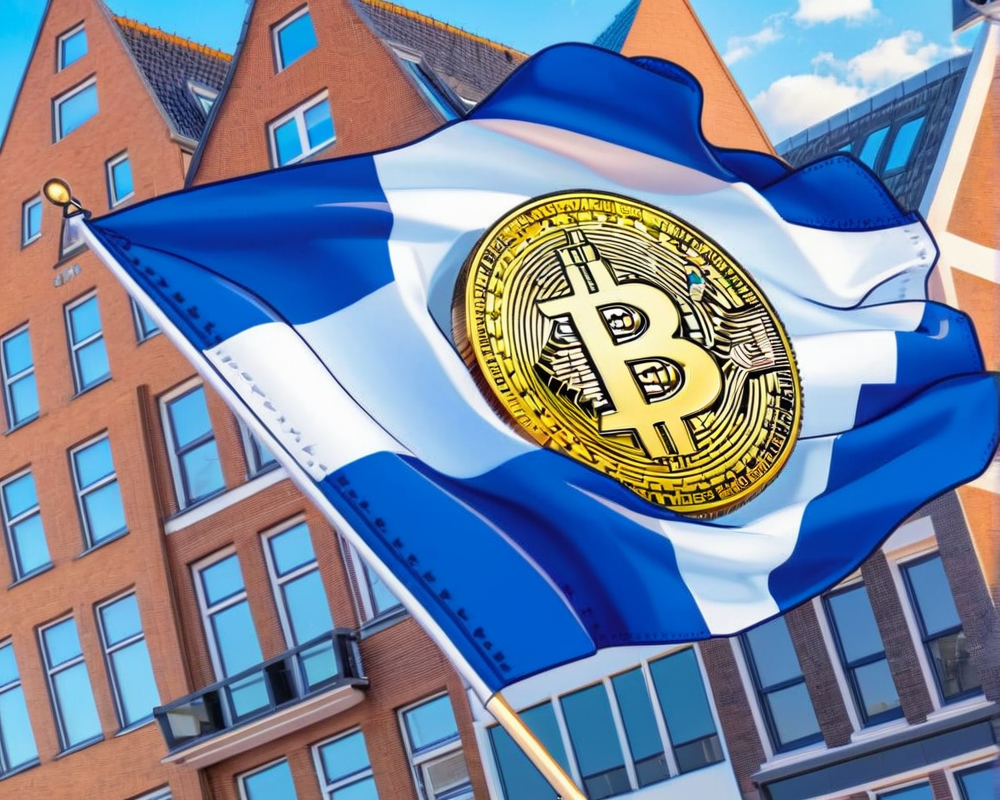The Blockchain Conundrum in Banking
In a world where digital assets are like the “in” thing but still face a mountain of barriers, traditional banks are quietly tapping their pens and re-evaluating ways to bring these shiny new tokens to their institutional customers. And guess what? These banks are tired of the regulatory chaos and are ready to roll up their sleeves.
Swift and the Blockchain Experiment
Enter Swift, the global financial communications guru. They’re diving into the deep end of the blockchain pool—testing whether bank-owned blockchains can chat with public networks like Ethereum. This grand experiment includes heavy hitters like Citi and BNPL, who are all waiting to play nice.
- Example Use Cases
- Connecting assets across different blockchain networks
- Reducing friction in digital asset transactions
The Friction Factor
As Swift puts it, the current landscape is a chaotic mess, with various blockchains running like solo acts at a talent show. Each one is special in its own quirky way, but good luck getting them to work together.
The three test scenarios will focus on:
- Transferring assets between wallets on the same network.
- Transferring assets from public to permissioned blockchains.
- Moving assets across different public blockchains.
Security: The Elephant in the Room
Let’s talk security. One of the biggest concerns for implementing these “bridges” between blockchain networks is, well, getting robbed! With $2 billion snatched across previous hacks, it’s no wonder people are raising eyebrows.
“Security is the main problem,” says Chainlink co-founder Sergey Nazarov.
While past bridges have been like open doors during a black-tie event, Chainlink plans to be more like a bouncer. Their method monitors transactions actively to eliminate inappropriate behavior.
Looking Towards the Future
As for a timeline, don’t hold your breath. It’s a gradual process. A single bank taking the plunge could kick off a domino effect. Like a friend who finally jumps off the diving board, everyone else will follow—eventually. All signs point to progressive adoption, but we are in the mid-stages of this evolution.
Conclusion: The Final Thoughts
The world of banks and digital assets is shifting, albeit slowly. Clients want digital assets, and banks will have to adapt—whether they want to say that out loud or not. Institutions in the project are claiming progress is indeed essential. The aim? To make international transactions as smooth as your morning coffee! And with the right infrastructure in place, digital asset transactions might just become the norm, rather than the exception.




